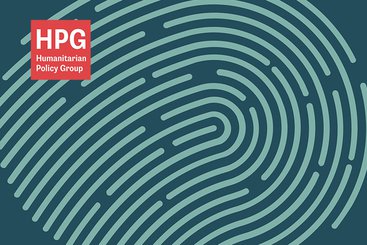Humanitarians understandably love maps. They are a common fixture on the walls of management offices of aid programmes, a centrepiece of many participatory exercises with affected people, and an accessible visual representation of complex data. Yet the functionality and apparent objectivity of these visualisations and tools hide many controversies, and these have relevance to debates around how the humanitarian sector operates more generally.
The sector shares with the field of cartography a history of exclusivity that has led to extractive relationships with those they seek to assist and depict. Much of this has continued with digitalisation, usually to the detriment of the most marginalised people in crises. Yet participatory processes, open-source platforms and advocacy groups are also helping to break the exclusive dynamics in mapping, with much of this work made possible through new digital tools.
As part of HPG's project on the humanitarian ‘digital divide’, this study uses the issue of inclusion in humanitarian action as a lens through which to look at the effects of digital mapping and its implications. While the scale of digital mapping means more people than ever are being represented, the report finds that this does not necessarily equal greater inclusion. It explores the difficult trade-offs that humanitarian responders face with inclusion and mapping. For example:
- Though maps and the data collection processes they show can achieve more granularity and accuracy than ever before, to the benefit of service providers, the means by which those mapped can access their own data have not improved at the same pace.
- Remote map creation can present local realities to a wider audience, but can also facilitate a ‘distancing’ and a remote management of responses, which help to preserve exclusive dynamics.
- Inequities in access to and use of digital technologies mean the most marginalised can remain so even when free-to-access online platforms invite affected people to submit reports to inform crisis maps.
- Technical accuracy can be easily conflated with objective ‘truth’, and mitigating against this requires constant engagement with affected people and those with a contextual understanding of the mapped crisis.



